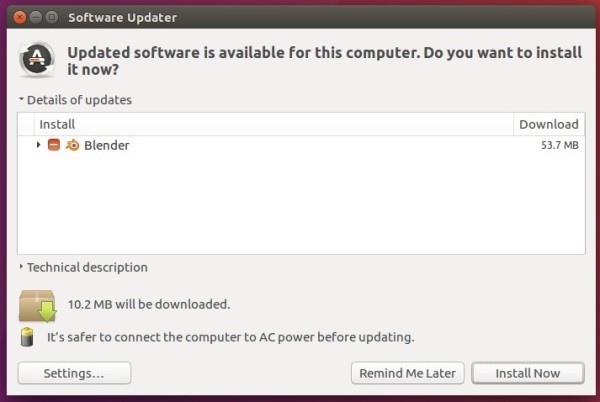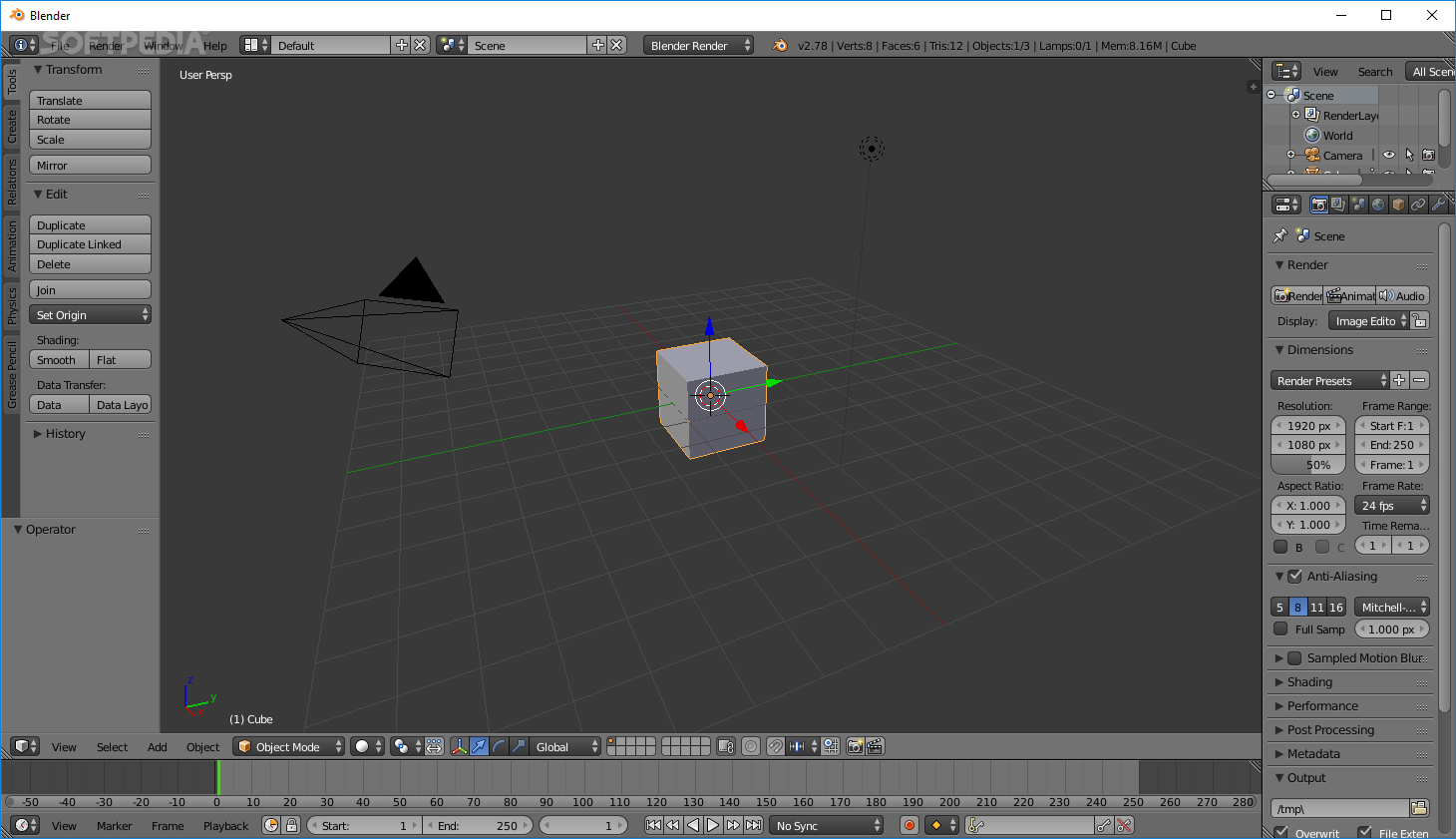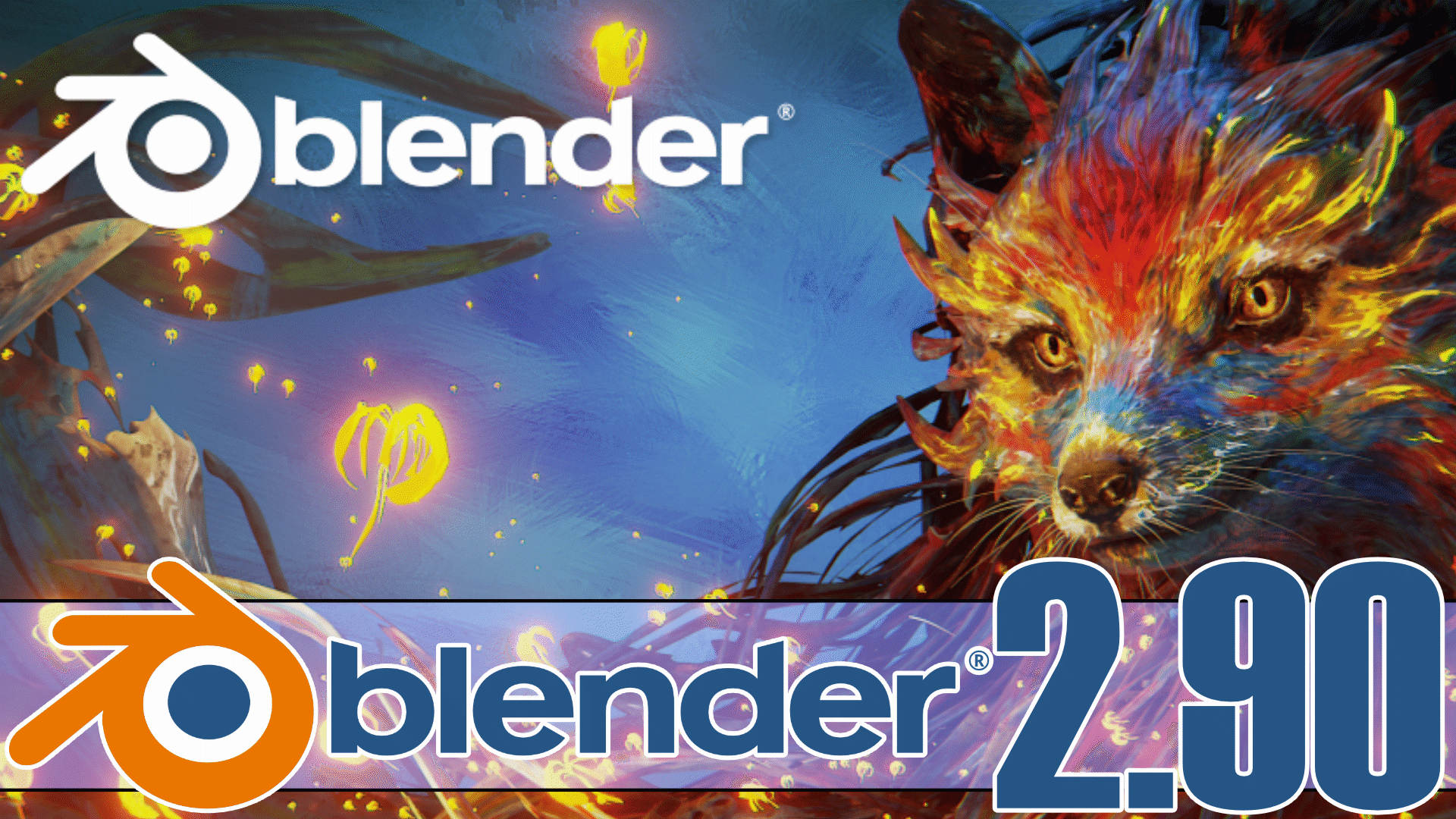

On September 7, 2002, it was announced that they had collected enough funds and would release the Blender source code. The campaign aimed at open-sourcing Blender for a one-time payment of €100,000 (US$100,670 at the time), with the money being collected from the community.

On July 18, 2002, Roosendaal started the "Free Blender" campaign, a crowdfunding precursor.

In May 2002, Roosendaal started the non-profit Blender Foundation, with the first goal to find a way to continue developing and promoting Blender as a community-based open-source project. This also resulted in the discontinuation of Blender's development. After NeoGeo's dissolution, Ton Roosendaal founded Not a Number Technologies (NaN) in June 1998 to further develop Blender, initially distributing it as shareware until NaN went bankrupt in 2002. NeoGeo was later dissolved, and its client contracts were taken over by another company.

On January 1, 1998, Blender was released publicly online as SGI freeware. Some design choices and experiences for Blender were carried over from an earlier software application, called Traces, that Roosendaal developed for NeoGeo on the Commodore Amiga platform during the 1987–1991 period. The name Blender was inspired by a song by the Swiss electronic band Yello, from the album Baby, which NeoGeo used in its showreel. Version 1.00 was released in January 1995, with the primary author being company co-owner and software developer Ton Roosendaal. GPU rendering on macOS with AMD graphic cards has been discontinued due to Apple deprecating their OpenCL compiler.īenchmarking information are available at Blender Open Data.The Dutch animation studio NeoGeo (not related to the Neo Geo family of video game hardware) started to develop Blender as an in-house application, and based on the timestamps for the first source files, Januis considered to be Blender's birthday. In order to use the GPU for rendering your hardware needs to fulfill the requirements listed in the documentation. macOS: version 10.12 or newer with supported hardware.Intel: Haswell and newer (list of all Intel GPUs).AMD: GCN 1st gen and newer (list of all AMD GPUs).NVIDIA: GeForce 200 and newer, Quadro Tesla architecture and newer, with NVIDIA drivers (list of all GeForce and Quadro GPUs).Install the latest drivers from the graphics card manufacturer The GPU requires slightly different requirements. These requirements are for basic Blender operation, rendering using Graphics card with 1 GB RAM, OpenGL 3.3.32-bit dual core 2Ghz CPU with SSE2 support.Blender's hardware requirements are documented here.


 0 kommentar(er)
0 kommentar(er)
